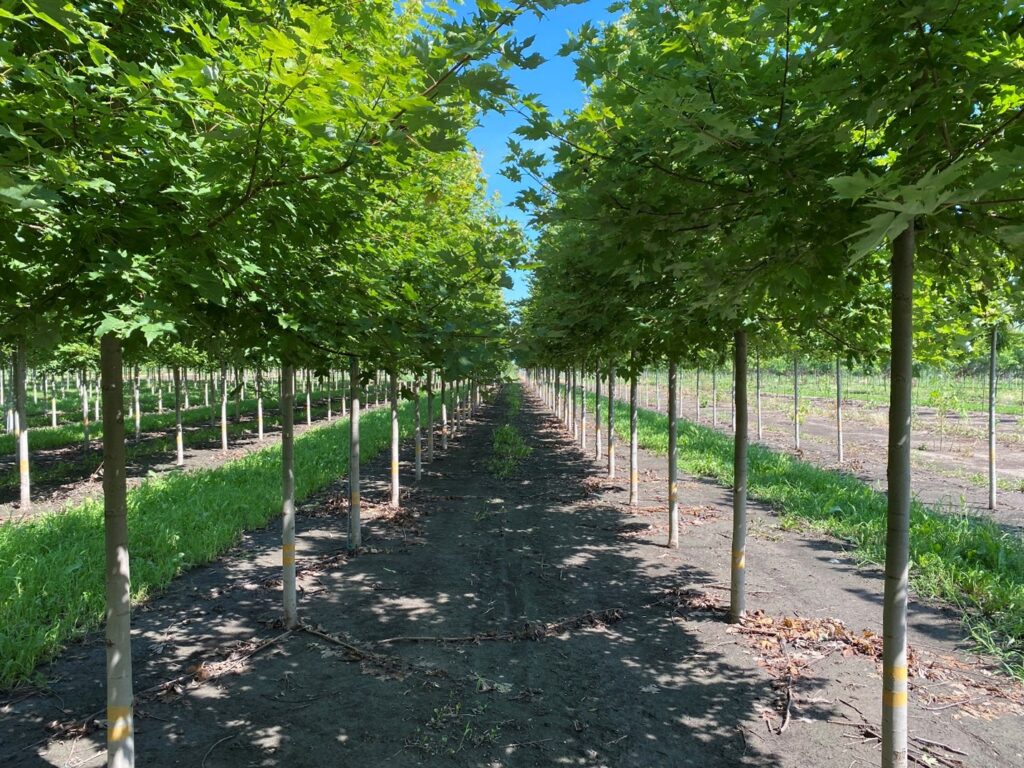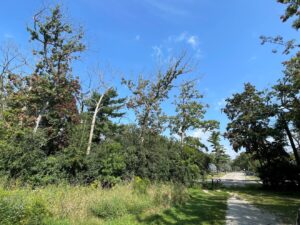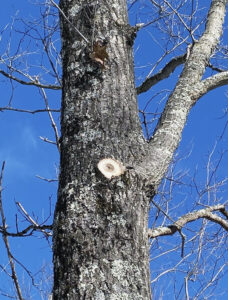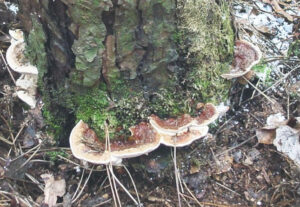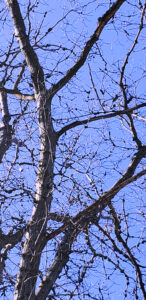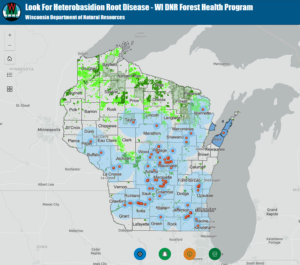
Ken Raffa, professor emeritus with the University of Wisconsin-Madison Department of Entomology. / Photo Credit: University of Wisconsin-Madison
By Art Kabelowsky, DNR Outreach and Communications, Fitchburg
Arthur.Kabelowsky@wisconsin.gov or 608-335-0167
Do you pity the poor tree, forced to stand defenseless against the ravages of insect pests, fungi and disease?
Then, you have not listened to Dr. Ken Raffa discuss the impressive natural defenses trees have developed.
Raffa, a professor emeritus with the University of Wisconsin-Madison’s Entomology Department, recently appeared on Proforest Podforest podcast to discuss the topic “Inside the Tree’s Natural Defense.”
Continue reading “UW-Madison’s Raffa Talks Trees’ Natural Defenses”

